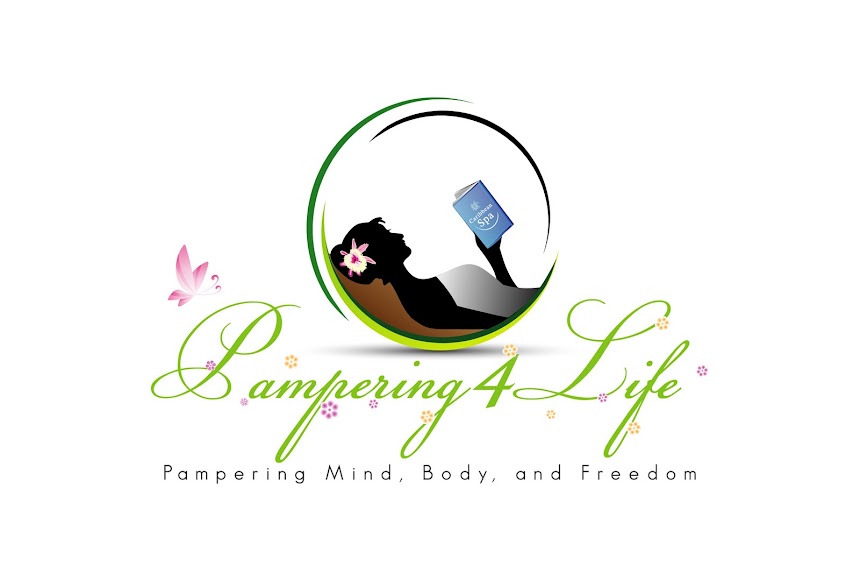We all have the days where we plan to work out and know that we should, but when it's time to lace up your shoes and go…You. Just. Don't. Wanna.
I have those days, too, but when I remind myself how GOOD exercise makes me feel, and how it will help me reach my goals, I generally suck it up and do it anyway. Getting started really is the hardest part. Once you get going, you're generally glad you did. And when it's over, you feel even better.
But some people have less willpower or dedication. Some give in to the temptation to skip exercise too easily. While that's fine once in a while, it can become a hard habit to break if you skip out on your workouts too often. Below take a look at some things you can do to spring forward to exercise motivation.
Keep Track of Your Progress
Remember to chart your progress, whether it's with a high-tech online tracker or an old-school fitness journal. Seeing incremental improvements, whether it's improved time, increased reps, or greater frequency of workouts, can boost your exercise motivation.
You are not Perfect
Be prepared and not feel like its either all or nothing. Taking small steps always reap bigger rewards. Trying to be a perfectionist when starting any no exercise plan will surely lead to burn out. If you miss a day or two of your workout its okay. Always keep in mind you have another day to make things right.
- Do it anyway. (This was the most popular answer!)
- Tell myself to go for 15 minutes. If I still feel bad or unmotivated, I can quit. I have yet to quit.
- Ask a friend along to the workout it helps us both with accountability.
- Do a heavy house cleaning (vacuuming, moving furniture, scrubbing) so I have a reason to work out.
- Take a 10-minute brisk walk.
- Take the dog for a long walk.
- Force myself anyway and feel better for it.
- Go to a yoga class. It gets me moving, and I always have fun!
- I sit by myself for a few minutes and think about all the things I can't enjoy because of my poor health.
- Work out anyway…then bask in the awesomeness!
- Find something new to do! If you run then go for a swim or a bike ride. Maybe you are getting bored with the same routine.
- Complain about not feeling motivated, then go do it, since I don't like hearing myself complain.
- I drag myself to the gym anyway. Before I realize it, an hour is passed and I'm glad I went.
- Post about your lack of motivation on Facebook, and get chewed out.
- Do it anyway because this is for me.
- Try to force myself to just do something for 1 minute (jumping jacks, squats, etc.). But usually I tell myself I will be happier that I did it instead of mad at myself for not doing anything.
- Put on my work out clothes, lace up my shoes and go for a walk. Once I'm out and moving I find my motivation.
- Remember a time when I couldn't work out, and how sad I was when I was heavier, and how I don't want to feel sad again!
- Listen to some music—something with energy that I like. It's funny how the right music can make you move even when you think you don't want to, and it usually provides a mood boost, too (which is probably why I didn't want to workout in the first place).
- Put my feelings aside and use logic and reasoning. My feelings then change after a good workout.

























